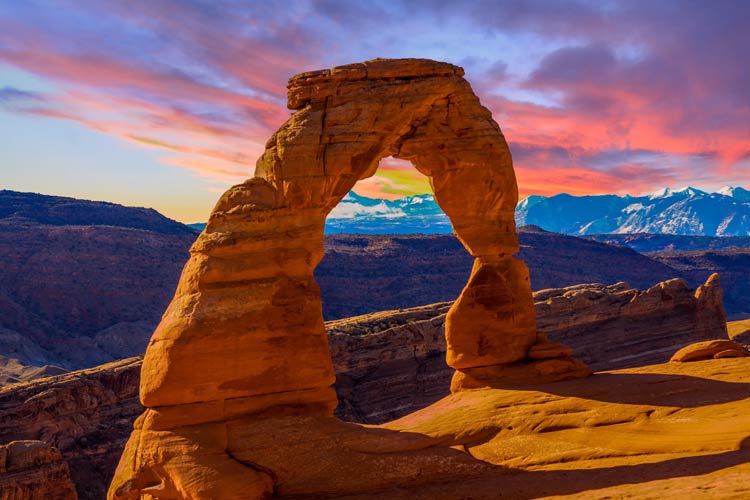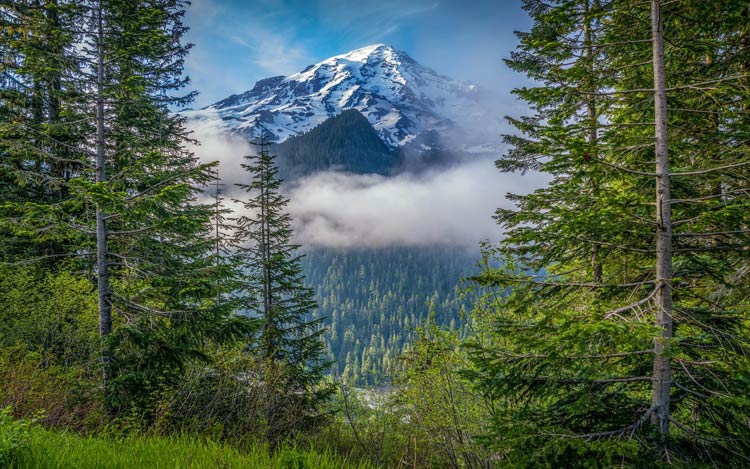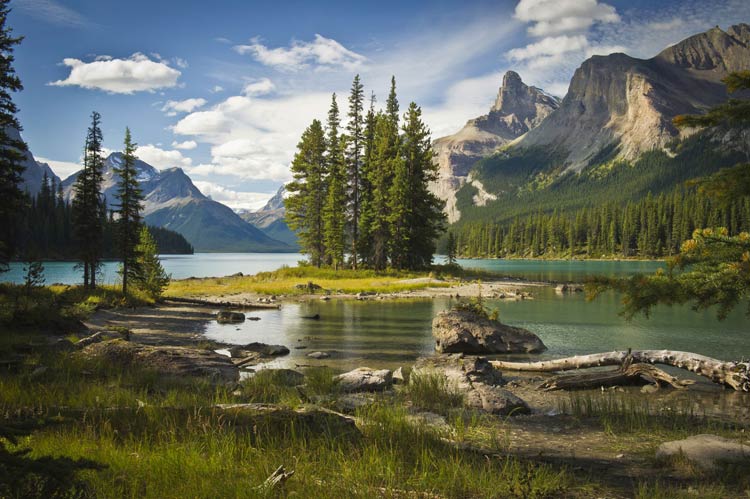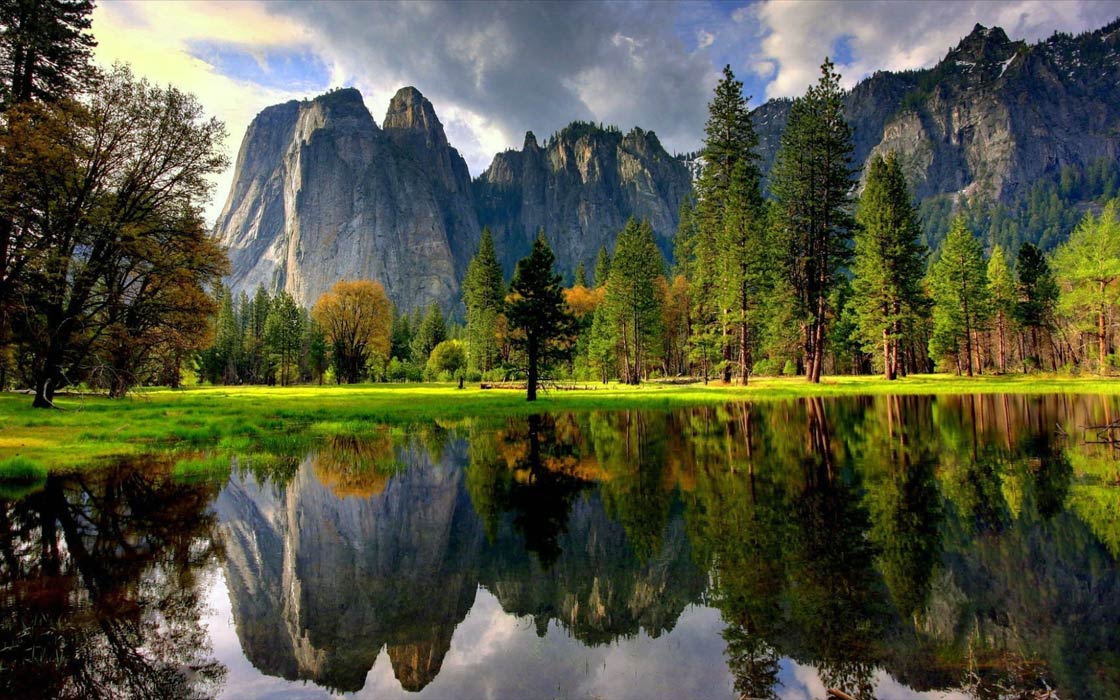What To Bring On a National Park Adventure
What To Bring On A National Parks Trip
Getting ready for the wild is more than just packing a backpack – it’s understanding the terrain, testing your limitations and giving respect for entering the land you’re on. From surprises with the weather to run-ins with wildlife, here’s what you need on your next national park adventure.
Visiting a national park is a call for one to leave the modern world behind and enter a realm still governed by the seasons, terrain and intuition. For backpackers, photographers, couples or individual vacationers, the appropriate equipment can spell the difference between enchantment and anxiety. Being ready for the trip is part of the experience.
Whether it’s your initial or fiftieth time, the guide below will take you through what to bring – and why it’s relevant in the unpredictable flow of the natural world.

Weather Isn’t Waiting
National park weather can change instantly. A bluebird morning can easily become a hailstorm, particularly if you’re in the mountains or deep canyons. Layers are essential. Start with moisture-wicking base clothing – either synthetic or merino wool – to prevent sweat from accumulating on your body. Then add a warm layer, such as a fleece or an insulated jacket, even on warm days. Finish it up with a wind- and water-resistant shell. Pants need to be comfortable, stretchy and dry quickly.
Don’t underestimate sun exposure. Sunglasses with UV protection, sunscreen with an SPF of at least 30 and a wide-brimmed hat help keep your energy from draining too soon. And never forget a compact poncho or rain jacket, even if the forecast claims a 0% chance of rain – because clouds don’t check apps.

Merging Tech and Nature
There’s a growing segment of adventurers who balance raw nature with a taste for tech, from action cameras to compact drones to solar-powered chargers. It’s a tricky balance, but when done right, tech doesn’t detract from immersion – it can enhance it.
Others even download offline apps featuring star charts or plant and animal IDs as a way to augment the experience. Incredibly, while searching for trail stops, numerous users admit to running across discussions on the best casino sites and bookmarking the page for future campfire evening downtime. It reveals how digital behaviors extend even to the farthest reaches.
Power down when it makes sense, though. The silence and the solitude are part of what makes national park expeditions holy. Get your gear ready, but do not let it replace your senses.

The Musts You Can’t Skip
Forget packing the “just in case” everything. The wiser approach is to pack what’s most important and how to use it. First on the list is water. Two liters per individual per day, minimum and additional if you’re backpacking through arid climates or high altitudes. Reusable bottles or a hydration pack are best; where clean water won’t be guaranteed, consider including purification tablets or a portable filter.
Navigation equipment is also essential. A paper map of the park and a compass – rather than a phone app – can be a lifesaver if batteries run out or the signal goes dead. If you’re using GPS, consider bringing a portable battery pack and close any non-essential programs to conserve power.
A first-aid kit, multitool, flashlight or headlamp and a whistle for emergencies complete the survival package. Some backpackers also carry a mirror or reflective material for signaling when they are in a difficult situation. It’s no overkill. It’s a respect for the indifference of nature and the convenience of phone chargers.

Food, Fuel and Footing
Fuel up. Regardless of the length of the hikes, pack high-energy, high-protein snacks: trail mixes, jerky, dried fruit and peanut butter. On longer day hikes or overnight backpacking trips, pack calorie-intensive meals. Freeze-dried meals and backpacking stoves are good options, but be sure to check local fire restrictions before heading out. And pack a little extra – you’ll need more calories on the trail than you do sitting at your computer.
Shoes are the most individualized selection. Regardless of brand or type, be sure they’re broken in before your trek. New blisters on a distant canyon can end an adventure prematurely. Waterproof, breathable hiking boots with good ankle support are appropriate for most conditions. Trail running shoes are comfortable on maintained trails but offer little protection against roots, rocks or unexpected encounters with snakes.
Include extra socks. Wool is best. Change them often, especially if your feet get wet.

Respecting the Land and Those Who Roam It
With each step across a national park, you’re treading on ancient earth. Shaped by glaciers, lava or tectonics, these places are delicate even when they appear timeless. The adage “Leave no trace” is more than a slogan – it’s a decree.
Pack a small daypack for packing out trash, including biodegradable items. Don’t feed wildlife. Keep dogs on a leash where permitted and off where they’re not-hike on designated trails to prevent hurting delicate plants. In backcountry spots where you’ll have human waste, a little shovel and biodegradable wipes are a must – but be sure to follow park-specific guidelines on how it’s disposed.
Finally, carry humility. The natural world is not a theme park. It owes no one either safety or comfort. It provides all with something greater: perspective.

















